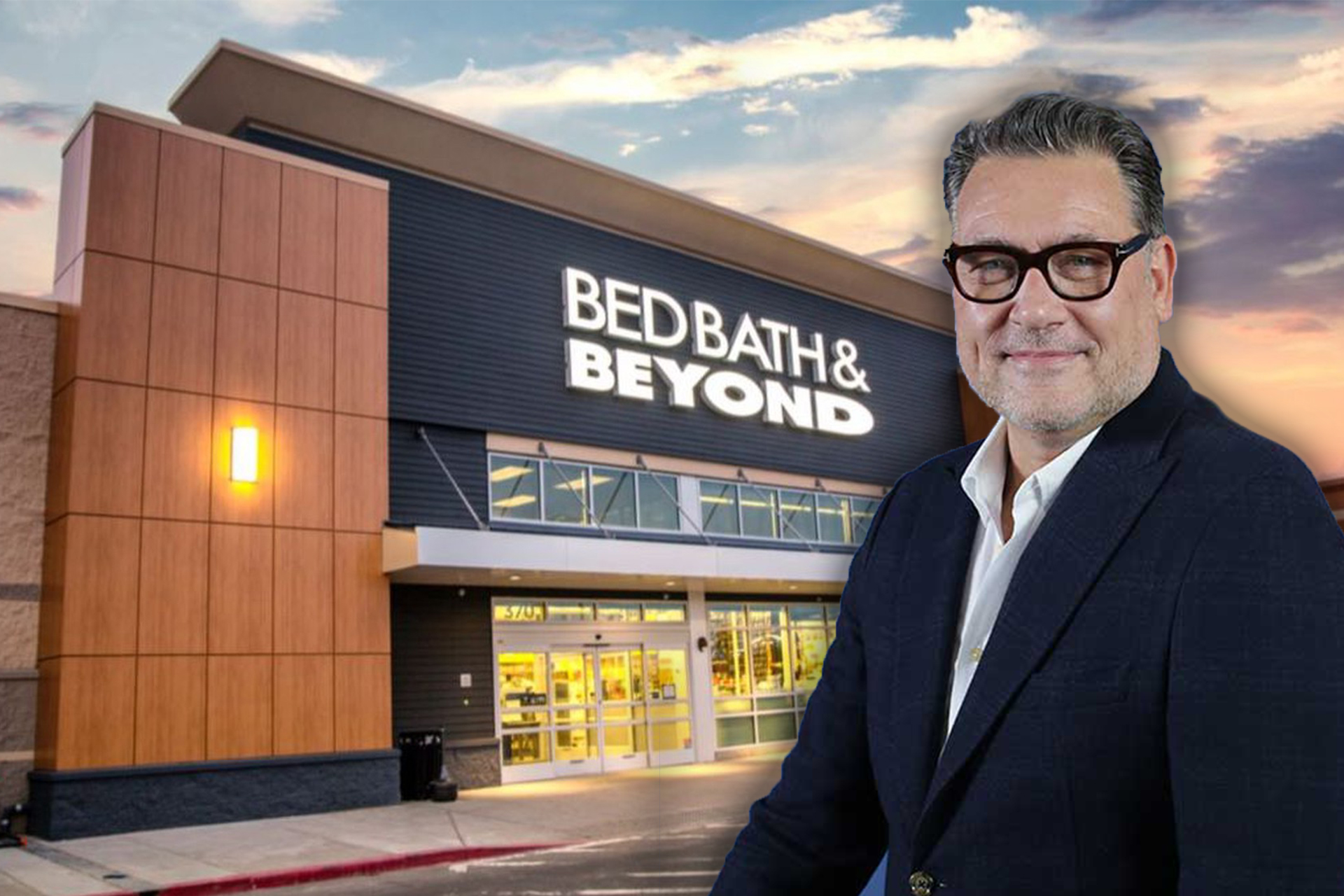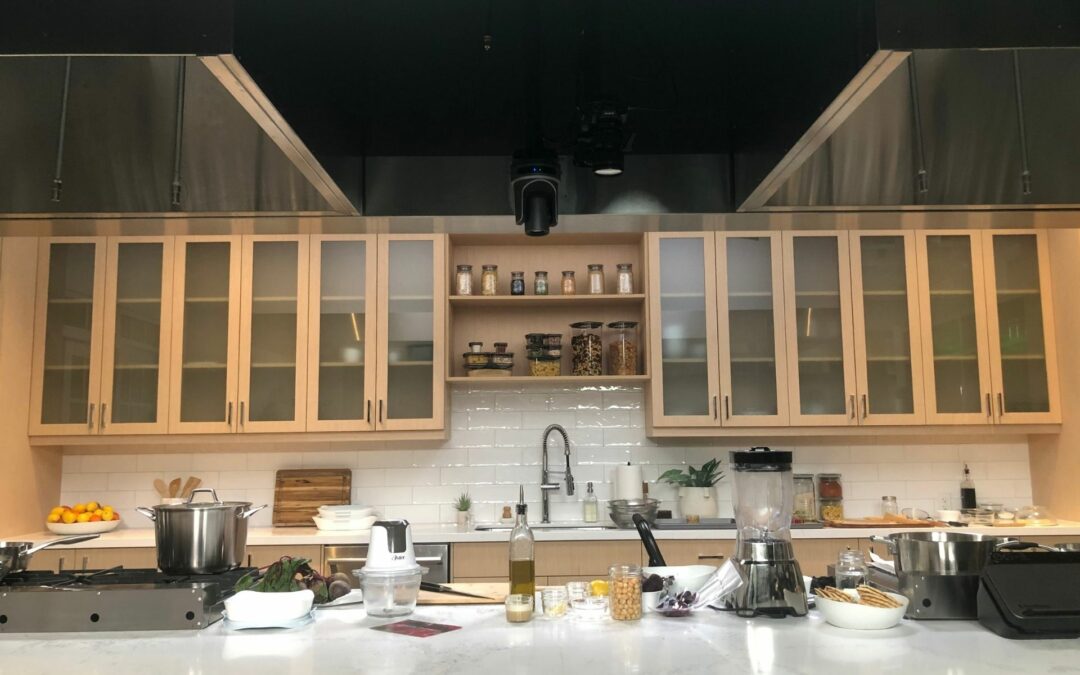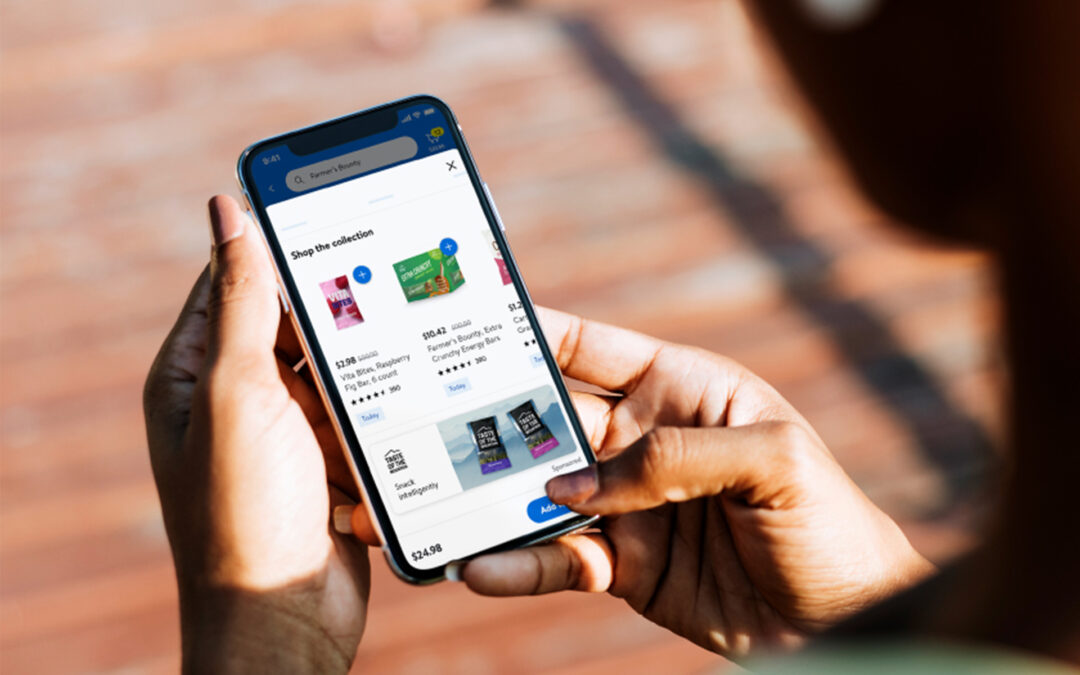A year of dramatic changes in consumer needs and behaviors, along with the rapid adoption of voice-activated assistants and digital tools for accessing information, have alerted the home and housewares, food and technology industries that now is the time for innovation and collaboration to solve consumers’ needs.
Tritton offered a progress report on Bed Bath & Beyond during a fireside chat with Marshal Cohen, chief retail industry advisor at the NPD Group, during the IHA Connect SPRING virtual event.
Tritton, crediting the retailer’s enduring status among consumers in the home space, detailed the importance of restoring vendor relations; the value of data-driven curated assortments balancing well-cultivated “owned” brands and leading national brands; and the progress of the retailer’s “omni” integration.
Tritton took the helm at Bed Bath & Beyond in late 2019 with a record of directing makeovers at Target and Nordstrom, among other brand-refining accomplishments, said the opportunity at a Bed Bath & Beyond business that “had lost its way” was rooted in strong customer expectations in the retailer as a home products leader.
“We began to fashion our strategy around getting back to understanding our customer, our business, our market, our competition: Really going back to those fundamentals,” Tritton said. “The customer loves us. We’re just not realizing the full potential of the business. I was thoroughly convinced in what we were doing. We were cash-rich. I knew were stable. I felt tested, but I never felt we were defeated by the pandemic.”
Tritton said the transformative game plan by Bed Bath & Beyond was validated during the pandemic.
“I felt we were very transactional, very item-focused,” he said. “Listening to our customers, and understanding what they need, and how they were behaving. I think that got us incredibly ready for the COVID moment.”
Tritton, having rebuilt much of the Bed Bath & Beyond merchandising team since his arrival, readily acknowledged the need to restore more collaborative relationships with vendors to move forward with a consistent strategy.
“We’re just more transparent, much more inclusive and much more partner-oriented than we’ve ever been,” he said.
“I felt we were really difficult partners… (We’re) sitting down to the table and talking more regularly about who we want to be as a company, how we want to evolve and how they could help us forge that purpose, not just so we could achieve or goals, but so they could achieve theirs.”
The reaffirmation of Bed Bath & Beyond as a category headquarters in key home classifications, according to Tritton, will be built from a devotion to data that can add clarity and precision to merchandising change without compromising creativity and uniqueness.
“Brand strategy and curation of the rooms: It’s a very deliberate, data-driven thing that leads the pagination of change,” he said.
The pandemic, meanwhile, tested Bed Bath & Beyond’s plan to step up e-commerce capabilities that had lagged much of its primary competition.
“(Our digital business) wasn’t fully integrated. The storytelling, the value, the communication, the category thrust —everything was completely separate,” he said.
“When we talk digital, I change the conversation to omni. Omni always,” he continued, noting that 95% of the retailer’s digital orders came from within 25 miles of a Bed Bath & Beyond store? “If you buy online and pick up in stores, is that a digital order or a store sale. It’s a great order; it’s a customer experience. And the whole enterprise enables that experience.”
Tritton said the company’s customer-first omni objective came into focus during the pandemic while freeing up trapped inventory to meet the customers’ needs. “We were able to gain a huge amount of trust and engagement,” he said. “It is an instance where COVID was the accelerator against an existing strategy that turned out incredibly well for us.”
Tritton, who began to sharpen his branding skills earlier in his career at Nike and Timberland, came to Bed Bath & Beyond with a track record of successful controlled-brand development at Target and Nordstrom. He is quick to distinguish between private labels and “owned” brands when discussing the plan by Bed Bath & Beyond to reinforce its exclusivity.
“I use the word owned brand very definitively, not private label,” he said. “I’m not just slapping a label on the product so we can make a bit of extra margin. I’m actually building an idea, not an item: Ideas punctuated by great items.
“We had 9% of our sales generated from private labels, but we didn’t have brands,” he noted.
Tritton stressed the need to balance owned brands with top national brands in categories for which the data and historical market leadership supports such brands. He specified, for example, small appliances.
Among the new owned brands set to launch later this year by Bed Bath & Beyond is Simply Essential, positioned to differentiate the retailer at an opening-pricepoint segment in which the retailer has not typically competed, Tritton said.
“I’m really excited about the work were doing with brands that are really built with an ethos and an idea. They’re not labels. They’re brands, and we will be treating them as such. Social. Marketing. Digital. Physical. A total 360-degree experience.
“It’s a big pivot, inspired by customers. It gives us our purpose, and it is really driving our authority.”
Watch it Now!
Subscribe to our mailing list to view Connect Spring Keynotes Videos now!





